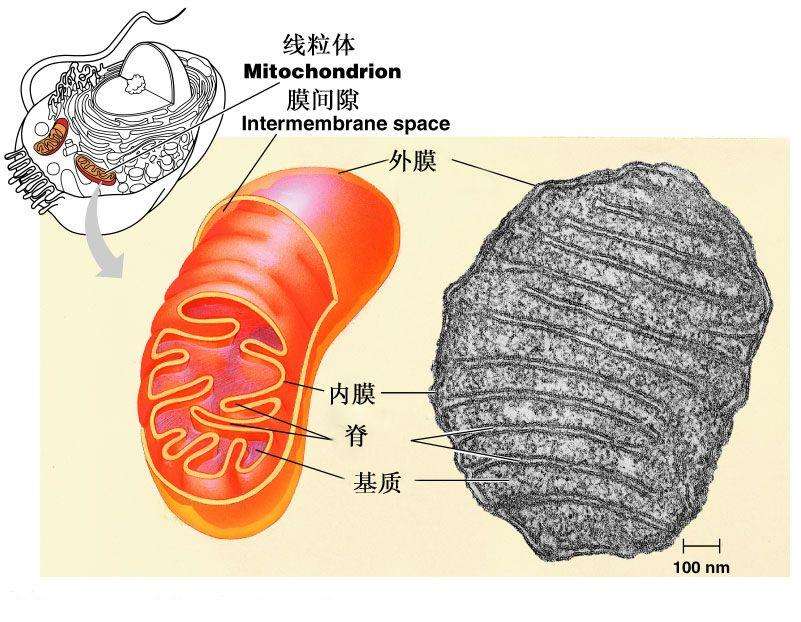(单词翻译:单击)
Compared with the new eukaryotes the old prokaryotes were little more than "bags of chemicals," in the words of the geologist Stephen Drury. Eukaryotes were bigger—eventually as much as ten thousand times bigger—than their simpler cousins, and carried as much as a thousand times more DNA. Gradually a system evolved in which life was dominated by two types of form—organisms that expel oxygen (like plants) and those that take it in (you and me).
地球已经朝着真正有意思的行星迈出了第一步。与新的真核细胞相比,旧的原核细胞——借用英国地质学家斯蒂芬·德鲁里的话来说——不过是“几囊化学物质”。真核细胞比它们比较简单的堂兄弟要大——最后要大1万售,能够多带1000倍的DNA。由于这些突破,生命渐渐变得复杂,结果创造了两种生物——排斥氧的(比如植物)和接受氧的(比如你和我)。
Single-celled eukaryotes were once called protozoa ("pre-animals"), but that term is increasingly disdained. Today the common term for them is protists . Compared with the bacteria that had gone before, these new protists were wonders of design and sophistication. The simple amoeba, just one cell big and without any ambitions but to exist, contains 400 million bits of genetic information in its DNA—enough, as Carl Sagan noted, to fill eighty books of five hundred pages.
单细胞的真核细胞一度被称做原生动物(意思是“动物之前”),但那个名称越来越遭人鄙弃。今天,它们通常被叫做“原生生物”。与之前的细菌相比,原生生物在模式上和复杂程度上都是个奇迹,简单的变形虫只有一个细胞大,除了生存没有别的雄心壮志,但在它的DNA中包含着4亿条遗传信息——正如卡尔·萨根指出的,足以写出80本500页的书。
Eventually the eukaryotes learned an even more singular trick. It took a long time—a billion years or so—but it was a good one when they mastered it. They learned to form together into complex multicellular beings. Thanks to this innovation, big, complicated, visible entities like us were possible. Planet Earth was ready to move on to its next ambitious phase.
最后,真核细胞学会了一种更加独特的把戏。这花去了很长的时间——10亿年左右,但它们一旦成为专家,那还是个挺不错的把戏。它们学会了结合在一起,形成复杂的多细胞生物。由于这项新的发明,像我们这样大而复杂的、可见的实体终于成为可能。地球这颗行星已经准备好进入下一个雄心勃勃的阶段。
But before we get too excited about that, it is worth remembering that the world, as we are about to see, still belongs to the very small.
但是,在为此感到过分激动之前,应该记住,我们将会看到,世界仍然是小生物的世界。


